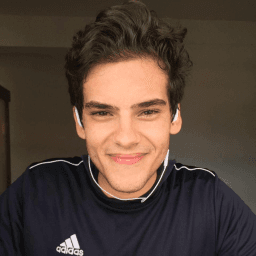Top 30 Teacher Interview Questions and Answers [Updated 2025]

Andre Mendes
•
March 30, 2025
Navigating a teacher interview can be daunting, but preparation is key to shining in your next opportunity. In this post, we delve into the most common interview questions for the 'Teacher' role, offering insightful example answers and practical tips to help you respond with confidence and clarity. Whether you're a seasoned educator or new to the field, this guide will equip you with the tools to impress and succeed.
Download Teacher Interview Questions in PDF
To make your preparation even more convenient, we've compiled all these top Teacherinterview questions and answers into a handy PDF.
Click the button below to download the PDF and have easy access to these essential questions anytime, anywhere:
List of Teacher Interview Questions
Behavioral Interview Questions
Situational Interview Questions
Technical Interview Questions
Teacher Position Details
Ace Your Next Interview!
Practice with AI feedback & get hired faster
Personalized feedback
Used by hundreds of successful candidates
Ace Your Next Interview!
Practice with AI feedback & get hired faster
Personalized feedback
Used by hundreds of successful candidates